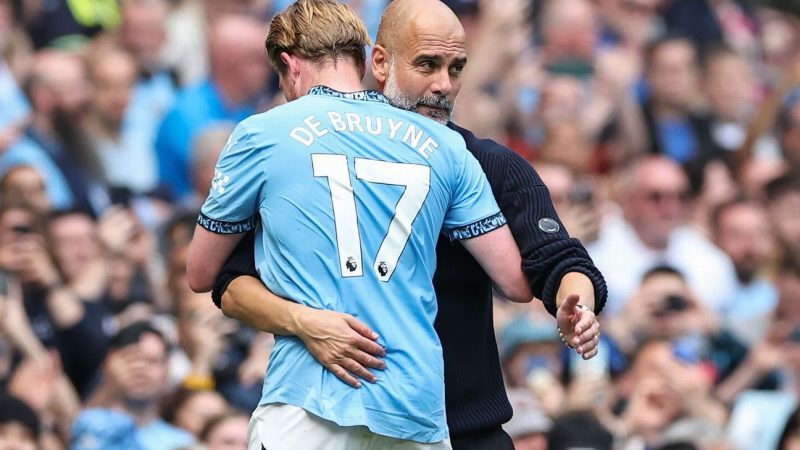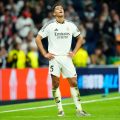
The football world collectively gasped when news broke of Kevin De Bruyne’s injury. For Manchester City, the absence of their midfield maestro presents a monumental challenge. De Bruyne’s influence transcends mere statistics; he’s the architect of City’s attacking play, the conductor of their symphony of passing and movement. So, how does Pep Guardiola’s squad cope? How do they even begin to fill the void left by such a pivotal player?
The immediate reaction, understandably, is to search for a direct replacement. But finding a player who replicates De Bruyne’s unique blend of creativity, vision, and technical brilliance is akin to finding a needle in a haystack. There isn’t a one-for-one swap available. The solution, therefore, lies not in simply finding another ‘De Bruyne’, but in strategically bolstering the midfield with players who can complement existing talent and offer different strengths.
One approach could involve a dual-pronged strategy. Firstly, City could look to add a player with similar creative abilities, though perhaps a different style. A player who excels in threading through-balls, creating scoring chances from deep, and dictating the tempo of the game. This would require a player with exceptional vision and passing range. Names often floated in such discussions are usually top-tier midfielders, and their acquisition would be a significant investment.
Secondly, and perhaps more importantly, City needs to strengthen their midfield’s overall depth and versatility. This means acquiring players who can provide cover in multiple positions, adapt to different tactical systems, and offer a different dimension to the team’s play. This could involve bringing in a more box-to-box midfielder with greater physicality and defensive capabilities, or perhaps a more defensive-minded player to shield the back four, allowing other midfielders to push further forward.
Ultimately, replacing De Bruyne is not about finding a carbon copy; it’s about adapting and evolving. It’s about intelligently assembling a midfield unit that can function effectively in his absence, leveraging the strengths of existing players and strategically adding new talent to compensate for the loss of such an irreplaceable player. The coming transfer windows will be crucial in determining how successfully Man City navigates this challenge and maintains their dominance.
The news of Hugo Viana taking over from Txiki Begiristain as Sporting Director adds another layer of complexity. While his appointment doesn’t directly address the midfield crisis, it indicates a shift in the club’s strategic direction, potentially influencing how they approach transfer negotiations and squad building in the coming seasons. The next few months will be a fascinating case study in how a top club adapts to the unexpected absence of a truly world-class player.










